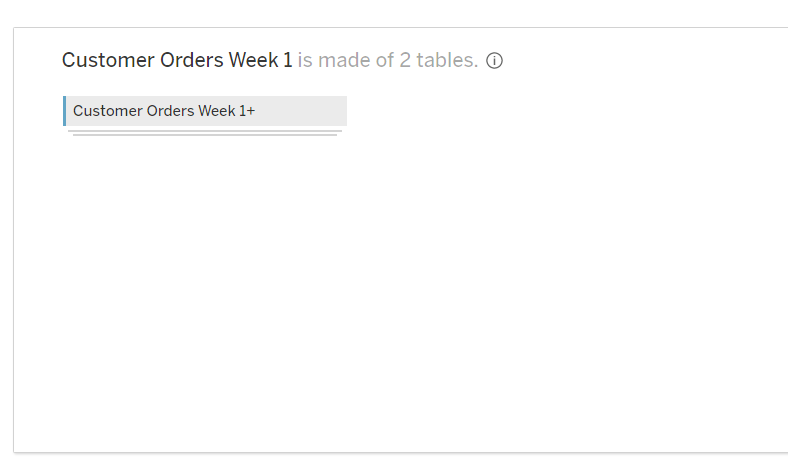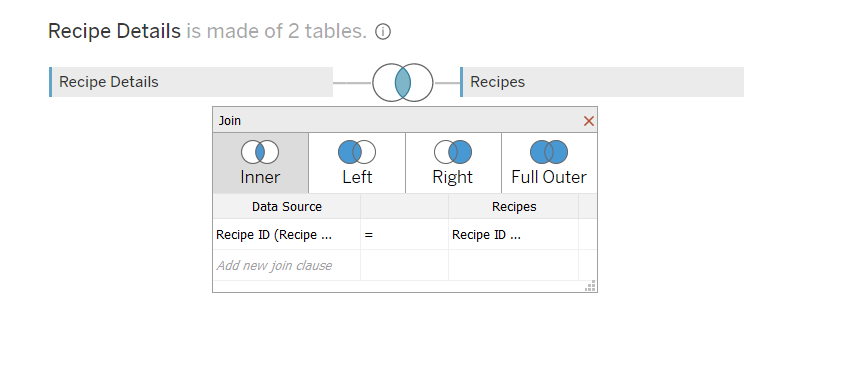If you are working on data with multiple tables, the first thing that would come to your mind is connecting the tables together. Tableau Desktop offers different ways to join your tables and they are:
1. Unions:
Unions are used to vertically combine Tables which have the same columns by appending the rows from one table onto the other.

2. Joins:
There are 4 types ( Left, Right, Inner, Full Outer) of joins that we could consider depending on the analysis that we need to achieve. But before we choose which type of joins is correct, we should fulfill the following rules to be able to join.
a. Joins are used for tables that have different columns but at least one common column.
b. If you want to join tables, you should make sure that the tables have the same data type.
c. You have to know which Join type should be used in the way that serves your analysis and gives you accurate results.

3. Relationships:
It is a flexible and dynamic way for connecting data on Tableau Desktop. Tableau connects the data automatically and chooses the right joins and granularities which makes it safer against data loss through joining.

However, we cannot really see how the data is connected when we choose to use relationships. So, if you are not sure about the analysis, join the tables to see if the connection level is correct. If you are not sure which type of join is the right one for your analysis, then it's probably better to use relationships.
